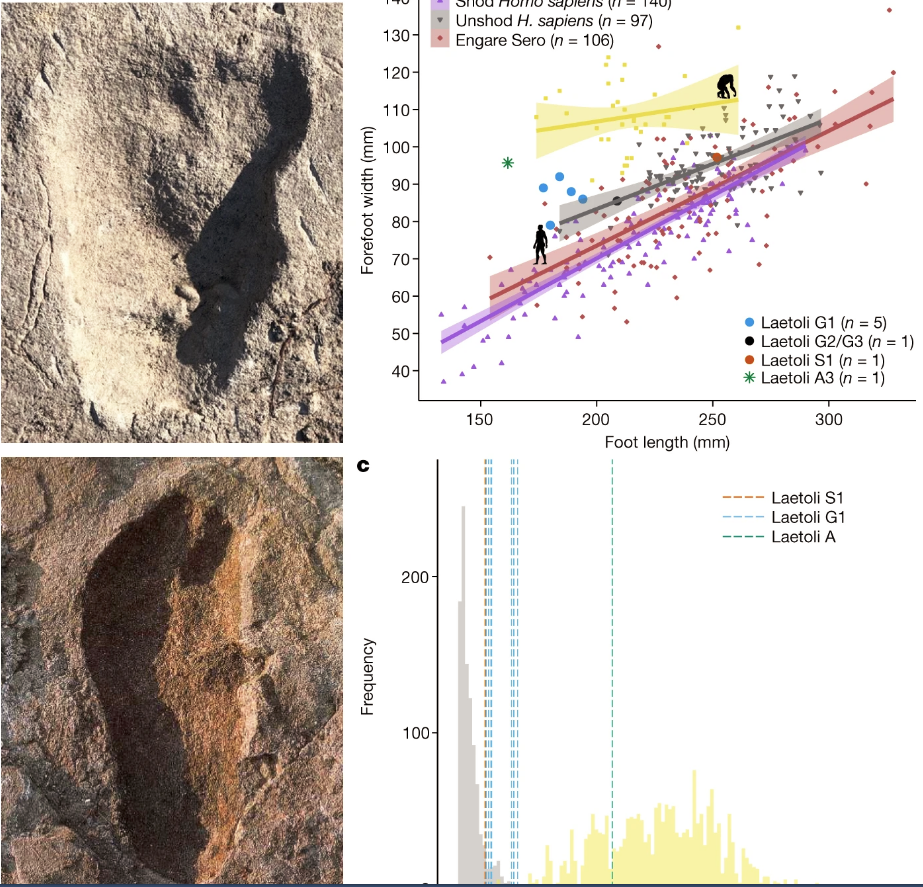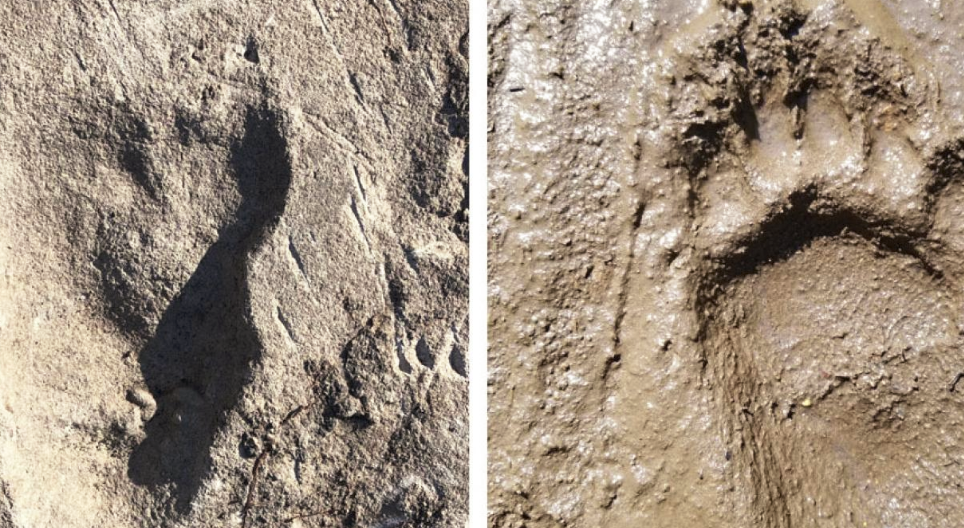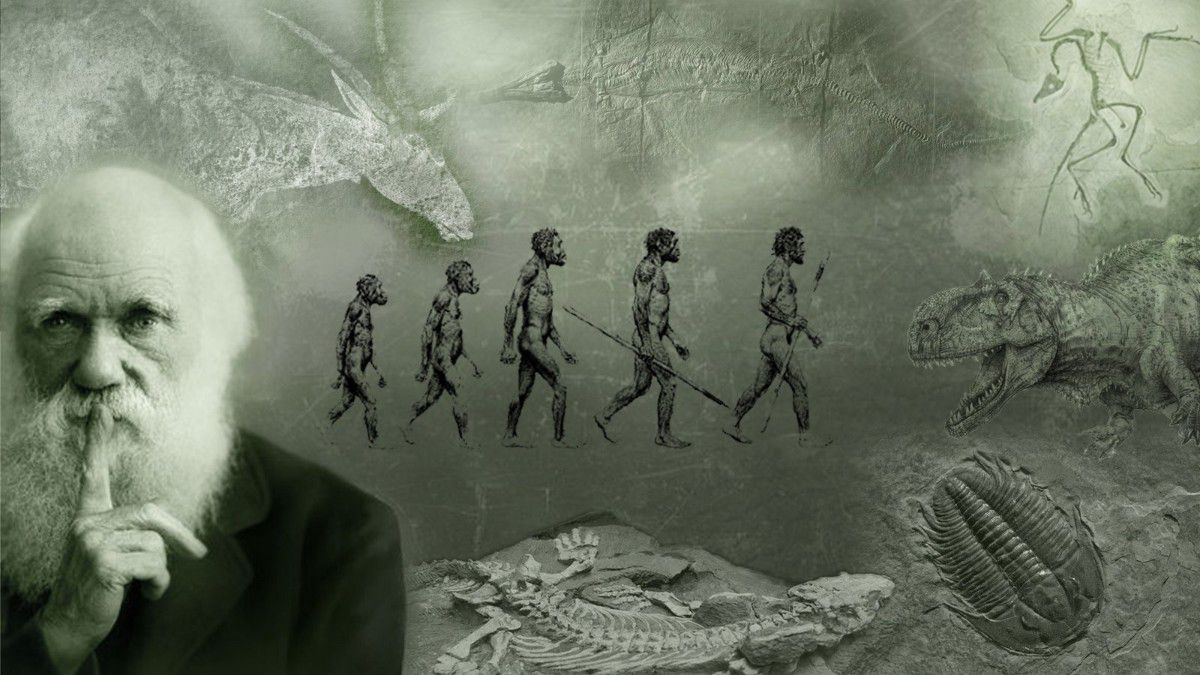3.7-million-year footprint could change what we know about evolution
New research has proven that footprints discovered in Tanzania and dated to 3.7 million years ago belong to a mysterious human ancestor who walked on two legs. The findings show that hominin evolution is more complex than hitherto thought.

First identified in 1978 and first thought to belong to a bear, footprints were studied by Ohio University anthropologist Ellison McNutt and colleagues years after they were discovered.
- Pope accepts resignation of bishop of Paris, whose affair with a woman was exposed
- 12 apps that steal bank accounts have been removed from the Google Play Store!
The research team compared the shape and arrangement of 5 consecutive footprints with the feet and movements of bears, chimpanzees and humans.
The tracks in question were clearly different from the hominin species of other recently discovered footprints. Analyzes revealed that these tracks belonged to an unknown species of bipedal primate.
The tracks were discovered in an area rich in the remains of prehistoric life forms in Tanzania known as the Leatoli Trail. So far, 18,400 tracks have been found in the area, including those left by hyenas, giraffes, ostriches and hominins.
Traces of other hominins were detected in the region’s research areas called G and S. Scientists are sure that these traces belong to the famous primate Lucy (Australopithecus afarensis).
Traces attributed to A. afarensis indicated primates between 111 and 168 centimeters tall.
The mysterious tracks in Area A, whose species are unknown, belonged to a small individual 100 centimeters tall.
This could mean that traces were left by a young creature. However, after examining them carefully, McNutt and his team came to the conclusion that the prints belonged to an adult. This made the tracks even more mysterious.
The footprints were reminiscent of bear cubs’ feet in size, but indicated small feet with an extremely wide heel, with the big toe much longer than the second toe.
On the other hand, scientists stated that chimpanzees and bears have relatively narrow heels. Also, the bears tended to take much larger strides. No signs of claw marks were also found in successive tracks.
A. afarensis was thought in the 1970s to be the earliest known relative of modern humans. But since then, new fossils have emerged, showing that multiple hominin species coexisted during the same time period.
According to the researchers, these mysterious tracks provide important evidence of complex hominin habitat.




